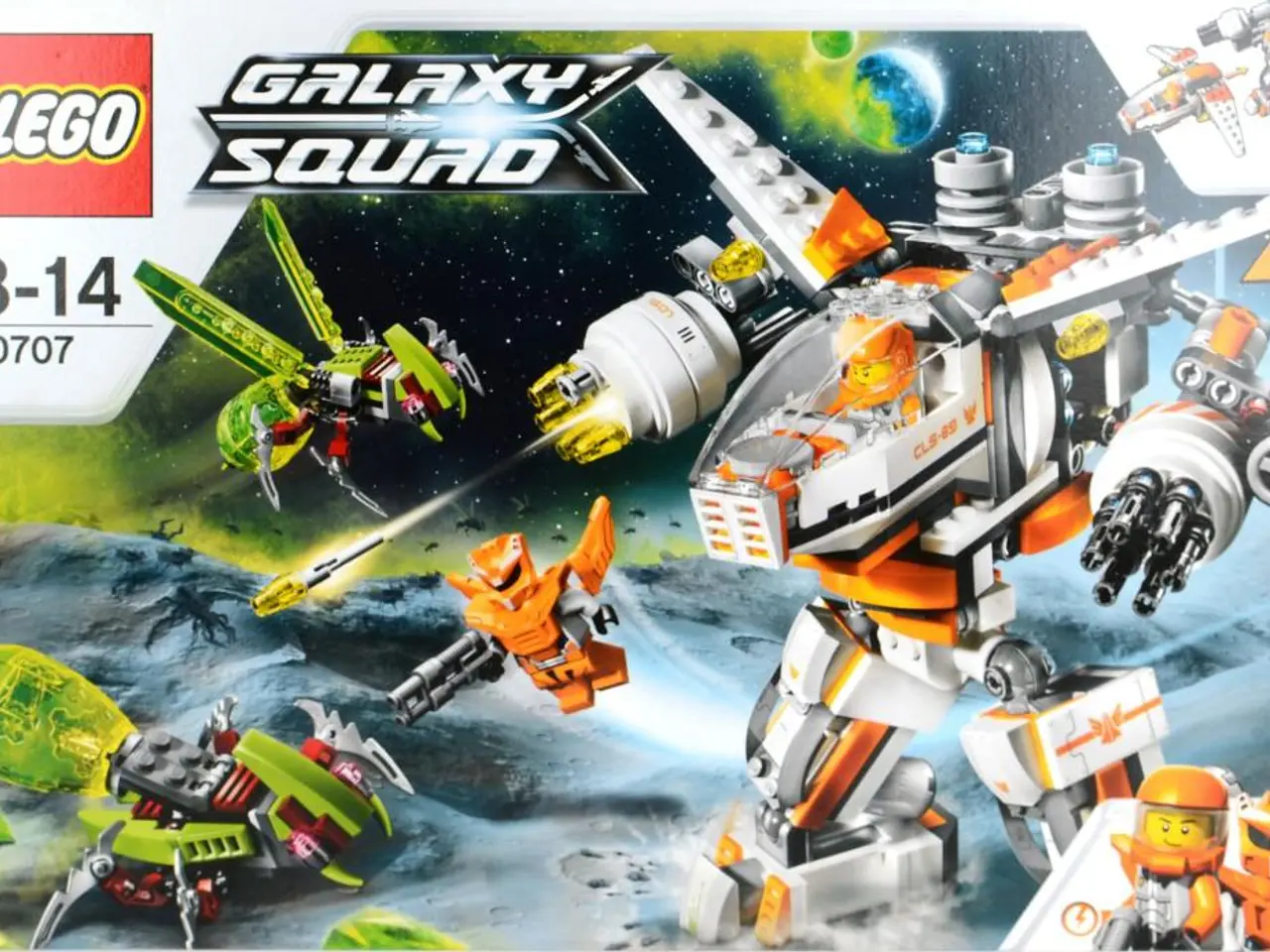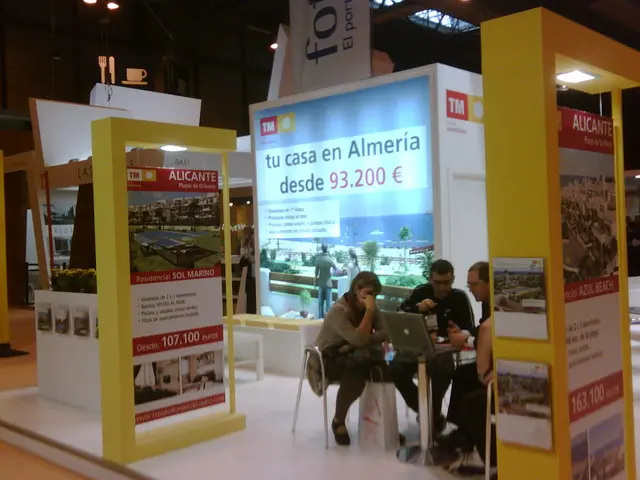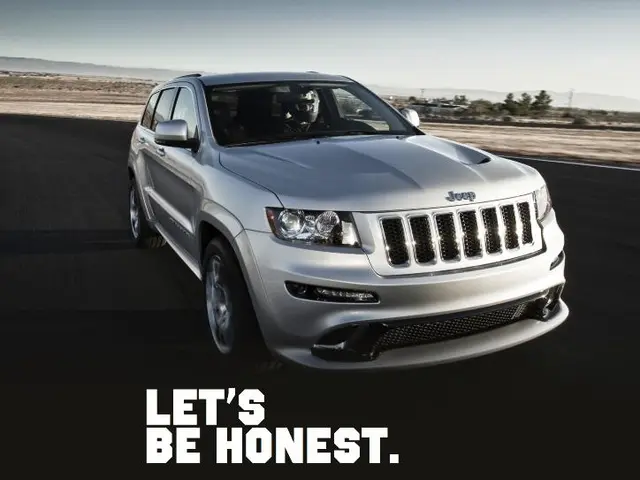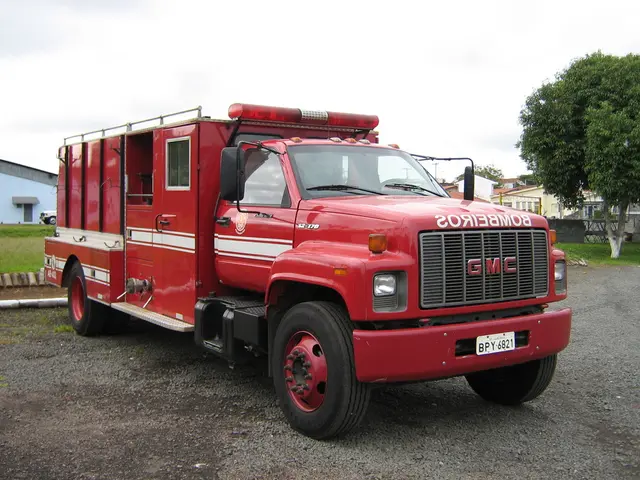Connecting the Divide: OpenAI's DALL·E and CLIP Bridging the Chasm in AI's Perception of Our World
In a groundbreaking development, OpenAI, a leading research organisation in artificial intelligence, has unveiled two models, DALL·E and CLIP, that combine natural language processing with image recognition. This collaboration allows AI to develop a deeper understanding of everyday concepts, paving the way for a future where AI can generate more realistic and contextually relevant images.
DALL·E, an AI model, generates images from textual descriptions. The creation of images is inspired by the surrealist artist Salvador Dali and Pixar's WALL-E. It demonstrates a remarkable ability to combine seemingly unrelated concepts, showcasing a nascent form of AI creativity.
On the other hand, CLIP (Contrastive Language-Image Pre-training) learns to understand images by jointly training an image encoder and a text encoder to map images and their corresponding textual captions into a shared embedding space through contrastive learning. This unique training method allows CLIP to generalize its knowledge to new images and concepts it hasn't encountered before.
CLIP acts as a discerning curator, evaluating and ranking the images generated by DALL·E based on their relevance to the given caption. It learns the language of images by observing how humans describe them, making it possible for AI-powered tools to create custom visuals for websites, presentations, or even artwork, all based on simple text descriptions.
The large-scale training data used by CLIP, about 400 million image-text pairs scraped from the internet, provides a vast variety of visual concepts paired with natural language descriptions. The two-part architecture of CLIP includes an image encoder and a text encoder, with the image encoder processing images and outputting numerical vectors representing key visual features, and the text encoder processing text captions or descriptions and outputting text embeddings representing their semantic meaning.
Through contrastive learning, CLIP learns to identify the correct caption for an image from a pool of random captions. This approach enables CLIP to learn rich, nuanced relationships between visual content and language, allowing it to recognise visual concepts described in natural language and perform zero-shot classification by matching images to category names or descriptions without needing explicit training on those categories.
The journey towards creating truly intelligent machines continues, and OpenAI's DALL·E and CLIP offer a tantalising glimpse into a future where AI can comprehend and interact with the world in a way that mirrors our own. Further exploration can be found in OpenAI's official blog post on DALL·E and CLIP, research paper on CLIP, and the Turing Test. However, addressing challenges such as bias and ethical considerations, and improving memory and generalization abilities, is crucial for the further development of DALL·E and CLIP.
Technology and artificial intelligence are gaining ground in the future, with OpenAI's DALL·E and CLIP models revolutionizing data-and-cloud-computing by merging natural language processing and image recognition. DALL·E, an AI model inspired by Salvador Dali and Pixar's WALL-E, generates images from textual descriptions, showcasing a new level of AI creativity. On the other hand, CLIP, a model that learns to understand images by jointly training an image encoder and a text encoder through contrastive learning, can generalize its knowledge to new images and concepts, making it possible for AI-powered tools to create custom visuals based on simple text descriptions.




